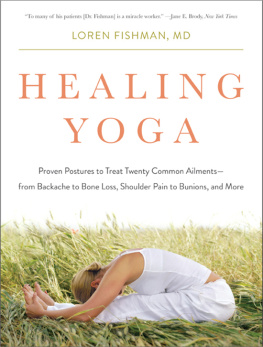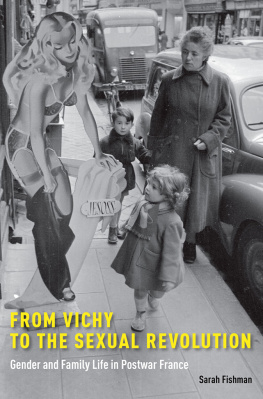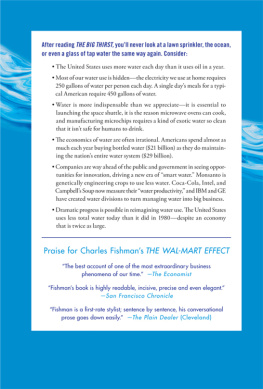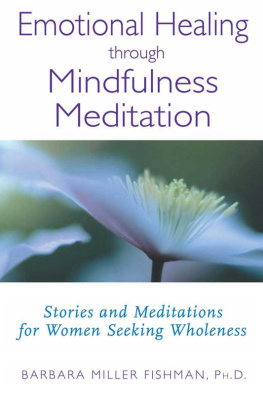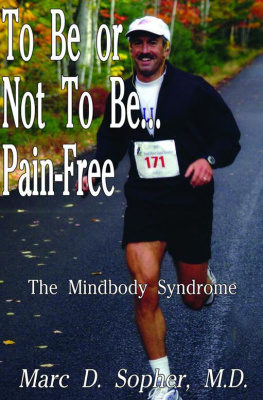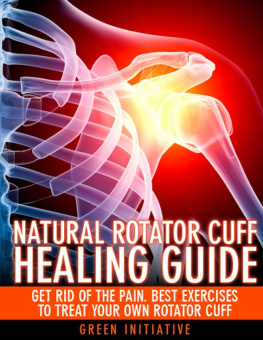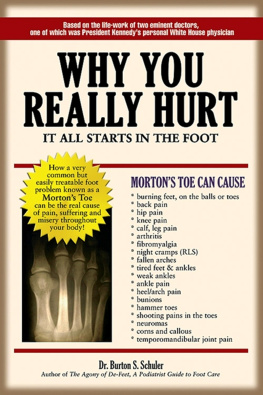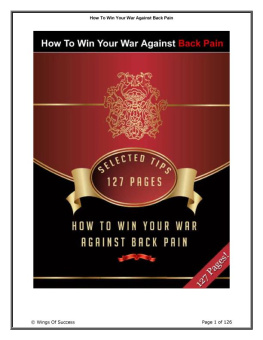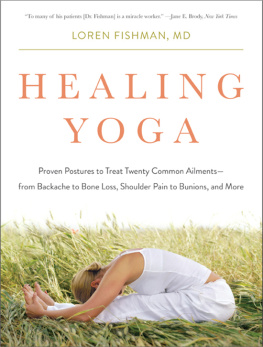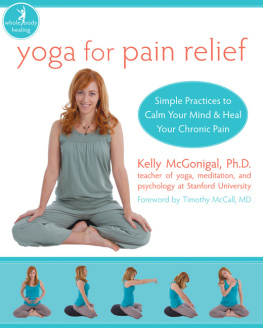
Healing
YOGA
Proven Postures
to Treat Twenty Common Ailments
from Backache to Bone Loss,
Shoulder Pain to Bunions, and More
Loren Fishman, MD

W. W. NORTON & COMPANY
NEW YORK LONDON
FOR CAROL
my best friend,
first and last lover
and greatest teacher.
Healing
YOGA
Is Yoga for You?
M AN, WOMAN, CHILD, senior citizen: the answer is yes. Novice, expert, teacher: the answer is yes. In good, medium, poor physical condition and fitness: yes. In my opinion, yoga is for everyone. Yoga provides physical and mental strength, balance and flexibility. It improves coordination. It improves mood. It has been used for thousands of years to treat common (and uncommon) medical conditions. Yoga is convenient. You dont need special clothes or shoes. If you use equipment, it can be simple: an old belt, a book, a card table chair. Yoga is democratic. Because so many people all over the world regularly practice yoga, its easy to find. And its portableyou can do it almost anywhere: in the backyard, on a plane, in a chair. Also, yoga is inexpensive or free. If I sound like a yoga aficionado, thats because I am.
Yoga has snugly fit itself into all parts of our society. You can do it in the studio, in the gym or at home. It helps people in prison, those with cancer and other illnesses, those who have returned from war. People of all ages benefit from it. What an amazing thing! Theistic but nonsectarian, not a sport, not an art, not exactly a science or religion. I am convinced that if all the world did yoga, Earth would be more peaceful, if only because we would all be devoting part of each day to improving ourselves.
Choosing Your Yoga
The practice of yoga started thousands of years ago in India. Its a testament to yogas usefulness, both physically and spiritually, that it has survived into the present day, and that it has grown and evolved exponentially in a process that is still going on. Think about it. When I was in my twenties and began doing yoga in India with my teacher, B. K. S. Iyengar, hardly anyone was doing it back home in the United States. It was thought of almost as a pastime of people who were a little... eccentric.
Now more than 20 million Americans practice yoga. And since so many of us are doing it, there is an almost infinite variety and richness of yoga types, styles and hybrids to choose from. You can do it in the air, while sweating in extreme heat, while laughing, while lounging in a swimming pool. You can do yoga with your dog, your child, your lover. You can do it quickly or slowly, competitively or not, with an emphasis on alignment, on breathing, on movement, on meditation or chanting. Some mix yoga and Pilates or other bodywork. You can find strictly therapeutic yoga to help you with just about anything that ails you, from addiction to knee pain (more about that below). You can go to class and learn yoga there. You can download courses or buy instructional DVDs and teach yourself at home. And I have mentioned only a few of the thousands of possibilities!
If you are not already a practitioner, the choices can be daunting, so I will be bold in my recommendation to you. After practicing yoga for more than thirty years, I suggest that you try the yoga I learned in Pune, India, when I studied with B. K. S. Iyengarthe yoga and meditation I still practice every single morning without fail. For me, Iyengar yoga has become a way of life. Its profoundly deep and complex, yet elegant; it provokes my thought and helps keep my body healthy. Iyengar yoga is anatomically sophisticated and therapeutically oriented.
I admire Mr. Iyengar for plumbing yoga to its depths to help people with health problems both physical and mental. When I was with him in India, he concentrated on alignment, which brought out the balanced, classic beauty in the poses and had an almost immediate effect on my feeling of well-being. Mr. Iyengar did not expect his students to have cookie-cutter bodies. In the classes I took in the bungalow where he had his yoga studio across the street from his home in Pune, there were fat people and thin people, tall and short people, old and young. We were together in a room, six or seven of us, practicing in whatever temperature Pune had to offer that day. Mr. Iyengar recognized that everyone could not do every pose to its fullest and encouraged the use of modifications to allow people to progress at their own pace. He introduced blocks, straps and other props, which are immeasurably useful, especially for beginners and for people who are older or have medical conditions.
This is not to say that I believe other ways of practicing yoga arent valuable or goodmany are. But those who teach Mr. Iyengars yoga have been through a rigorous training over a period of years. They are prepared to teach, knowing that it is possible to injure oneself doing yoga. If you can, I suggest that you take Iyengar classes until you have enough experience to begin doing yoga at home, on your own. No matter what type of yoga you decide to do, whether it turns out to be temporary or a lifelong practice, the benefits are significant.
Doing Your Yoga
In his book Outliers, Malcolm Gladwell posits that it takes about 10,000 hours to achieve mastery in a field. As a doctor, I have a medical practice. I go to the office and see patients every weekday from 8 am to 6 pm. I have kept this same routine and discipline for many years. The result of this constant reinforcement of my profession is that I feel I am a better doctor now than I was the day I graduated from medical school. Im a better doctor than I was two years later and twenty years later. The more I practice the more proficient I feel I become, and I have completed Gladwells 10,000 hours several times over. Certainly that maxim applies to yoga. In order to reap yogas benefits, you must do it. The more regularly and seriously you do it, the more time you spend doing it (assuming you have a good teacher), the more mastery you will achieve. I understand that when a simple forward bend relieves a spasm in your back, making you feel better in just a few minutes, you may dust off your hands and think, Well, thats that. But for benefits in addition to the physical, for that all-important sense of emotional well-being, do yoga regularly. Practice it as if you can become a master. Your progress may be slow, but I have seen transformations take place in those who practice patiently and with dedication.
Yoga changed the life of one of my patients, a reverend who was so obese he was beginning to have serious medical problems. His back, knees and feet hurt. He sometimes had trouble breathing. He began slowly and agonizingly, doing very simple poses and doing them with many modifications. As time went on something happened, perhaps because of his teacher, Cathy Lilly. He became interested in doing the poses. He got better at doing them. His self-confidence increased. He felt motivated to lose weight. He practiced yoga at home, in my office and even in Central Park, where, though he was still very heavy, he had a photograph of himself taken doing a near-perfect Ardha Chandrasana pose. Everything came together for this nice person. Yoga actually changed his life. He lost weight, and the last I heard he had started jogging as well and was signed up for a marathon. It sounds like a miracle. Maybe it was a miracle, but even if it was, this mans transformation began with yoga.
Yoga and Medical Science
When attending an International Association of Yoga meeting a while ago, I listened to Karen Sherman present her recently published clinical trial on yoga and back pain. That study got a tremendous amount of attention, and rightly so. It used rigorous Western standards to measure the efficacy of yoga and of ordinary stretching for treating lower back pain. It took Karen years to put together the model for the study and to bring it to fruition with participants. As I passed her in the hall after the meeting, I told her I was contemplating this book and asked if she had any suggestions. Yes, I do, she said. Please address the question of studying yoga with Western methods.
Next page
